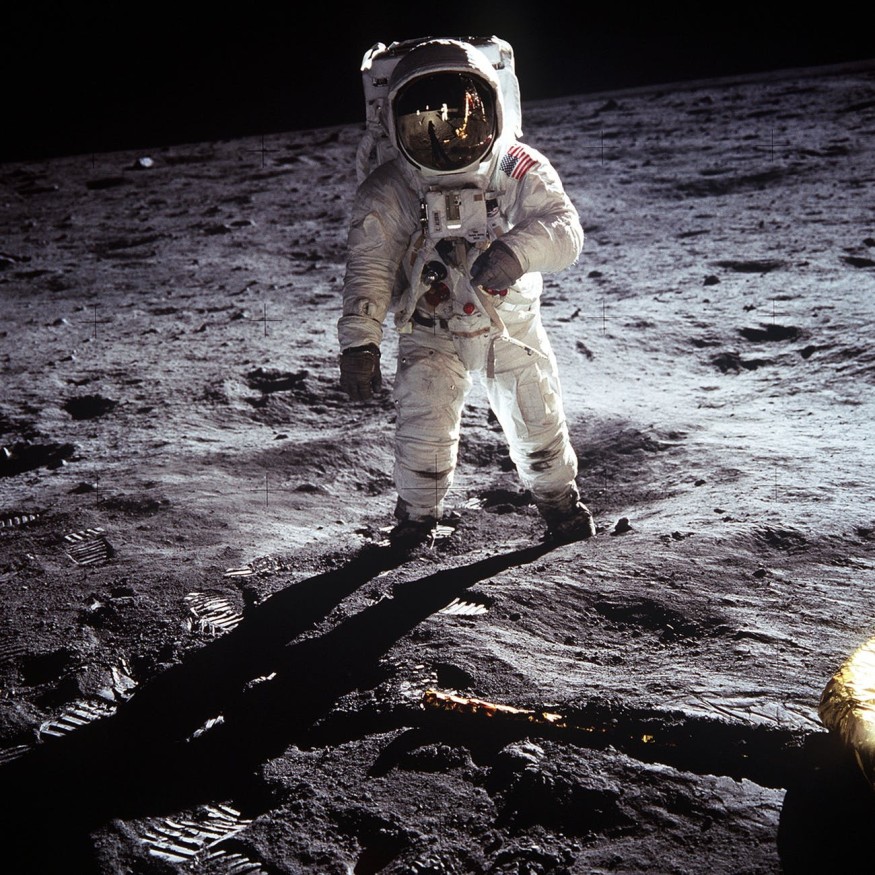
NASA is again planning to back to the moon, and this time, it will be for good. NASA plans to send astronauts back there in 2024, and they plan to build a base that will allow them to stay. This lunar base may be made with something that is readily available: the astronauts' urine. In addition, NASA is also considering if their homes could be grown from mushrooms instead of built.
NASA's Artemis program will send the next man and the first woman to the moon, and it plans to land at the moon's South Pole. According to NASA, that place has fluctuating temperatures which will require inhabiting astronauts to learn to operate and live on celestial body aside from Earth.
According to NASA, the astronauts cannot just land on the moon and simply set up a habitat.They also have to consider the need for being protected from radiation and extreme fluctuations in ambient temperature, which ranges from -9º F to -313º F, or -22º C to -191º C. They also have to contend with impacts from micro-meteorites.
NASA's Artemis program also aims to look for and utilize lunar water, along with many other resources that can be found on the surface or beneath it, in order to make long-term exploration possible. Artemis aims to make a sustainable means of going to the moon and staying there for good, according to Jim Bridenstine, NASA administrator. Artemis is not like the Apollo missions in that its objective is the sustained presence on the moon or around it.
Materials for transport to the moon can cost $10,000 per pound, according to a study. The key, therefore, to a sustainable habitation, is to use materials already found there and those which the astronauts already carry.
A recently published study investigated the use of moon dust or regolith being mixed urea, which is part of urine, to make some type of concrete which may be 3D-printed for building a structure. According to Polytechnic University of Cartagena professor Ramón Pamies, author of the study, water from ice on the surface can be used.
But since the researchers wanted to limit water use because life support systems need it, urine could be used instead, with the regolith mix being 3D-printed. Urea allows the breaking of hydrogen bonds and thus reduces viscosities of aqueous mixtures.
They tested the usefulness of urea as plasticizer to soften the mixture and make it pliable with a regolith-like material. Common plasticizers like polycarboxylate and naphthalene were also used for comparison.
After 3D printing, they were tested weight load capacities for up to 25 pounds. They found that the naphthalene and urea mixtures can hold heavy weights and also retain their shape. Both were also amenable to 3D printing.
They also put the samples through eight freezing and thawing cycles to simulate temperature conditions on the moon. The samples were subjected to up to 176º F. The researchers plan on making other tests as well, such as the materials' reaction in a vacuum, to determine if they could evaporate or crack. They also plan to test how they can withstand meteorite bombardment and if they can shield the astronauts from high radiation. They also need to simulate 3D-printing on lunar conditions.
Norway's Østfold University College professor and co-author Anna-Lena Kjøniksen disclosed that they have so far not investigated how urea is going to be extracted from urine, since they are also assessing if it is really necessary. They are considering the use of other components for making the geopolymer concrete.
© 2025 NatureWorldNews.com All rights reserved. Do not reproduce without permission.





